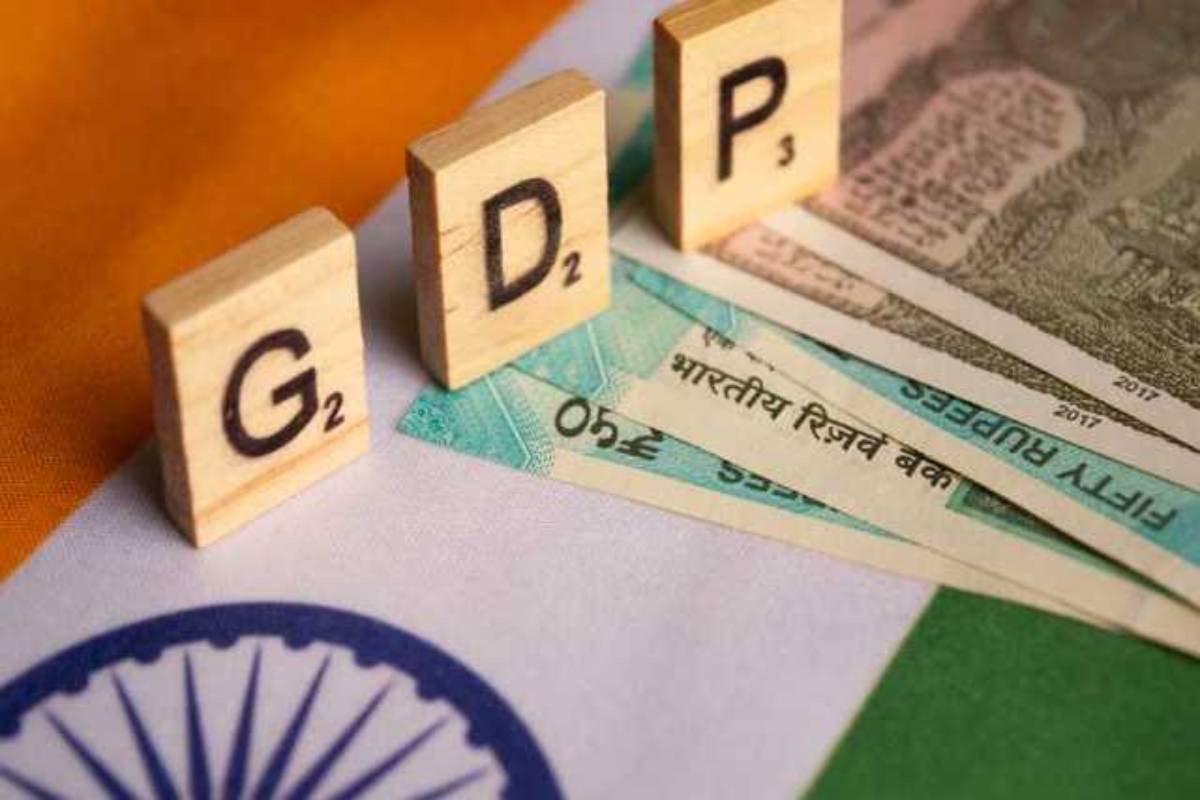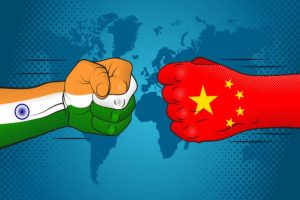India’s economic landscape presents a paradox of rapid growth alongside deep-seated inequality. The disparity between the prosperous and the impoverished is stark, with Uttar Pradesh, India’s most populous state, highlighting the chasm. With an average annual income per capita of just Rs 60,000 in 2021-2022, Uttar Pradesh’s economic struggles exemplify a broader issue that could threaten the stability and sustainability of India’s growth. Economic growth in India has been impressive, averaging over 8 per cent annually and fostering a booming stock market.
Yet, this growth masks a troubling reality: the benefits have been unevenly distributed. The top 1 per cent of India’s population now commands nearly 23 per cent of the national income, a level of inequality comparable to the colonial era. This concentration of wealth is not merely an academic concern but a tangible threat to India’s long-term economic stability. One of the critical drivers of this inequality is the structure of India’s economic development. Over the past decade, the country’s growth has increasingly been driven by a handful of large conglomerates that dominate the economic landscape, executing government projects and wielding significant pricing power. This model, while effective in driving infrastructure development and economic growth, often sidelines smaller firms and fails to create widespread, high-quality employment opportunities. The agricultural sector, which employs 43 per cent of the population, is particularly affected. Despite its importance, the sector has seen stagnant incomes and limited investment. Lower food prices, intended to tame inflation and support urban consumers, effectively subsidise the better-off at the expense of rural farmers. This perverse redistribution exacerbates rural poverty and deepens economic divides.
Advertisement
Addressing these challenges requires a multi-faceted approach. Improving competition within the economy is essential. Encouraging the growth of small and medium enterprises (SMEs) can diversify economic activity and create more employment opportunities. Additionally, investing in human capital through education and skills development is crucial. A well-educated and skilled workforce is the foundation of a robust and inclusive economy. Infrastructure development, particularly in underdeveloped states like Uttar Pradesh, is another vital component. Improved transportation, communication, and energy infrastructure can stimulate economic activity and attract investment. However, these efforts must be complemented by social policies that directly address inequality. This could include redistributive measures such as progressive taxation and targeted welfare programmes. Moreover, India’s economic policy needs to shift towards inclusivity. Policymakers should prioritise reforms that enhance the economic participation of historically marginalised communities.
Ensuring that economic growth translates into broad-based prosperity will require a concerted effort to overhaul the education system, scale up skilling programmes, and reform the agricultural sector. The path ahead is challenging, and there are no easy solutions. However, the stakes are high. If India fails to address its economic inequality, the resulting social unrest could undermine decades of progress. The country’s leadership must recognise that sustainable growth is not merely about increasing GDP but about ensuring that all citizens share in the nation’s prosperity.











